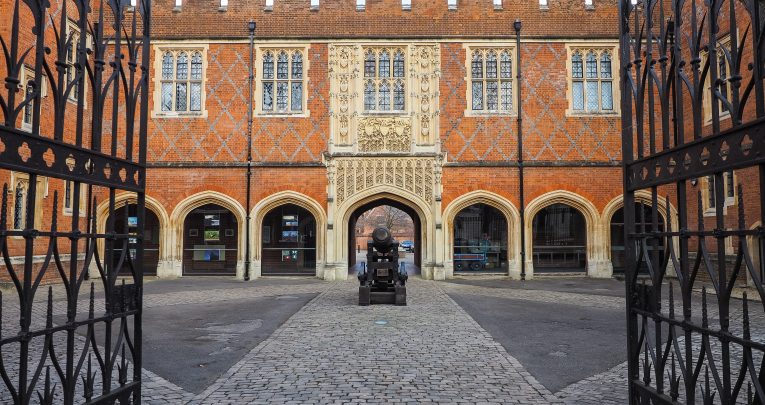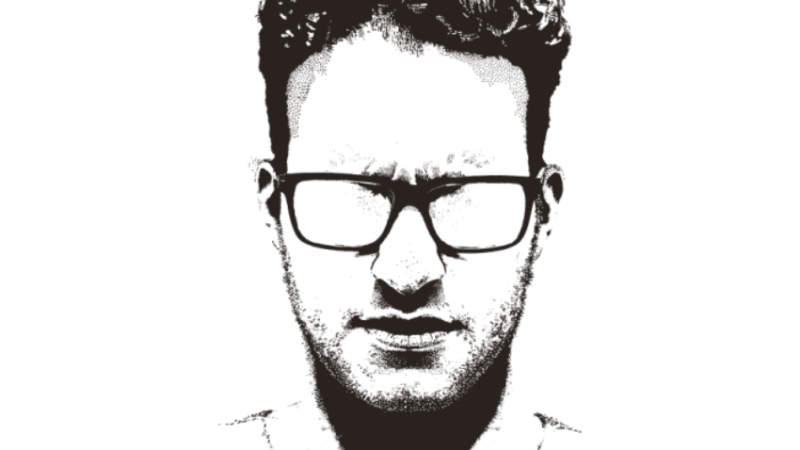A Private Concern – When it comes to fee-paying schools, are we getting the full picture?

10 years have passed since Fiona Millar started writing and broadcasting about the importance of good, local schools for all. and she still hasn’t changed her mind… I fell into writing about education by chance. For the first 20 years of my journalistic career I covered news, politics and wrote general features – but having […]

- by Fiona Millar

10 years have passed since Fiona Millar started writing and broadcasting about the importance of good, local schools for all. and she still hasn’t changed her mind…
I fell into writing about education by chance. For the first 20 years of my journalistic career I covered news, politics and wrote general features – but having children changed all that. I became a governor in 1992, after which my children’s primary school embarked on a tumultuous period. I witnessed at first hand how the ‘market’ in schools worked in practice and became more passionate than ever about the need to make all our local schools as good as possible, and to encourage fellow parents not to write them off.
The professional turning point was a prominent piece in a national paper by another journalist explaining why he had no choice but to remove his child from one of our local schools to send her privately. I wrote a counter article explaining why I would pay NOT to send my children to a private school and went on to make a film about parent choice for Channel 4, which was shown almost exactly 10 years ago.
‘You’re unusual’ I have been writing and broadcasting about education ever since, and for all the change that has taken place, the issue of private schools is still the most fascinating, polarising and hotly contested. I got used to being phoned up by journalists to ask if I would take part in radio or TV debates on the subject. Sometimes I would test them on why they wanted me in particular. “Because you’re unusual, your children have been to state schools,” came one reply. It was as if they had been afflicted with a rare disease.
Actually, I am not unusual. The percentage of English children pupils in fee-paying schools remains around 7% (and goes down to around 5.5% when you strip out overseas students), but that masks huge regional differences. In some parts of the country the numbers of children in private schools is negligible; in others it tops 30%. These are often the areas in which many journalists and opinion formers live, hence the unbalanced view.
Meanwhile, the best private schools are often used to typify the rest and the most poorly performing state schools used to damn the entire sector. The truth is more complex. There is excellence and poor practice in each. Former Chief Inspector Sir Mike Tomlinson once told me that the worst private school he had ever seen was worse than anything he had seen in the state sector – don’t expect to read that on the front page of The Telegraph or the Daily Mail though.
A matter of personal choice Of course, we aren’t comparing like with like. Many private schools are outstanding, with exceptional results and world-class facilities. But their pupil teacher ratio is around 9:1. According to the Independent Schools Council, average annual secondary day school fees are now £15,000 to £27,000 for boarders. The average spend per pupil in the state sector is just over £6000. The gap in outcomes between the best and worst off children is a scar on our entire school system, but the other ‘gap’ that stubbornly refuses to close is the one between the state and private sector.
Scholarships and bursaries don’t always cover the full cost. They are often open to families earning up to £70 000 a year, usually linked to selective entry tests and therefore unlikely to benefit children from the most challenging backgrounds. Fee paying schools are inevitably going to be socially and academically elite by comparison with their neighbouring state schools. That is their great appeal for many families. But might those parents be wasting their money?
One often unreported piece of data from the OECD PISA reports is that when you account for socio economic background, children educated in state schools actually perform better than their privately educated peers, suggesting that the teaching is better in many state schools.
Research by The Sutton Trust and some universities has also shown that state school pupils are likely to outperform their private school peers at university. We should take heart from this evidence and be more confident about articulating the benefits of a good state education, which goes way beyond test and exam results.
In the end this is a matter of personal choice for individual families – but 10 years on from that original article, my three are young adults and I am more convinced than ever that they are the lucky ones. They have had good teaching and achieved well in diverse, vibrant and inclusive schools. They also have friends from all walks of life and a deep and instinctive understanding of what the wider world is like. I certainly have no regrets.
Fiona Millar is a journalist and campaigner on education and parenting issues. She is a governor of two london secondary schools, a regular contributor to The Guardian and co-founder of the Local Schools Network











